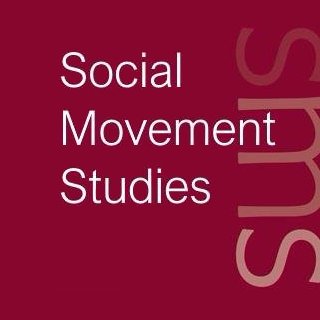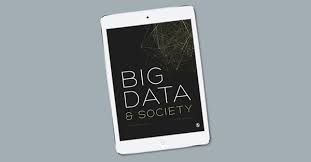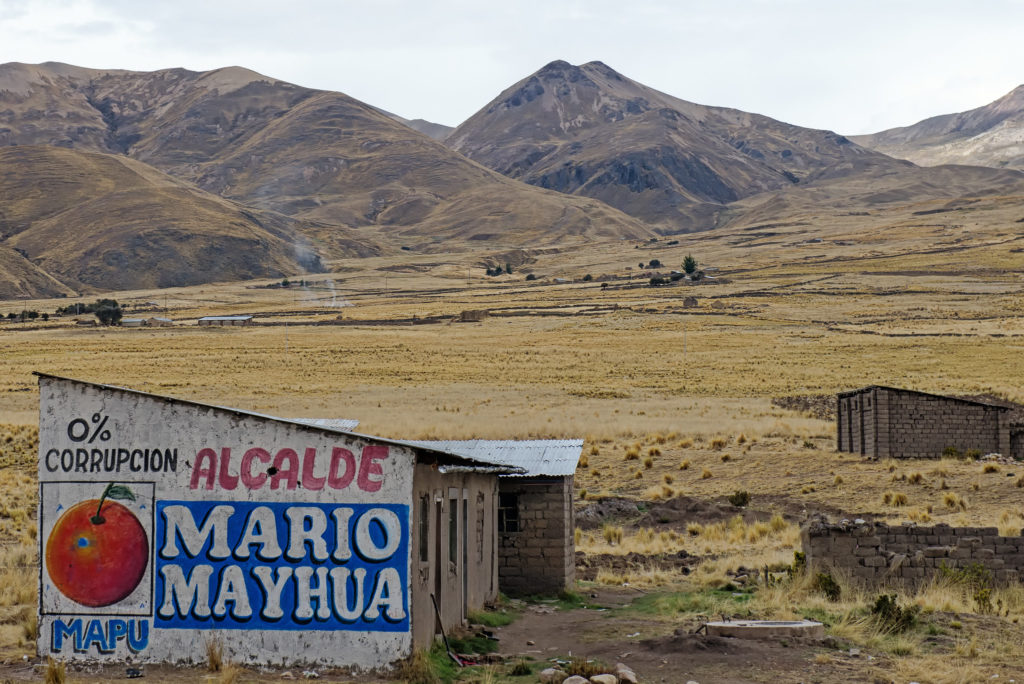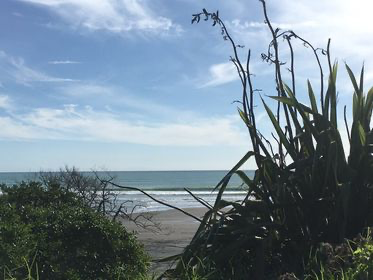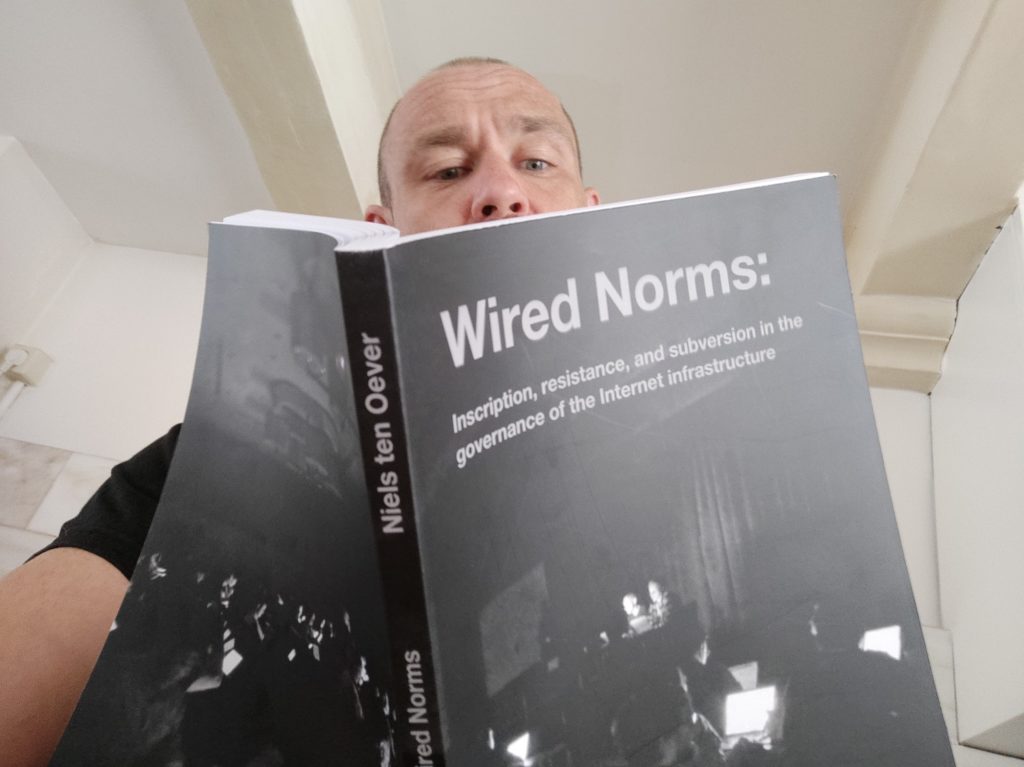By Adriaan Odendaal
As of October 3, 2020, according to BBC News’ interactive COVID-19 data visualization widget, the continent of Africa had 1,506,015 confirmed cases of COVID-19 and 36,288 confirmed COVID-19 related deaths. It drew data from Johns Hopkins University and unspecified “national public health agencies.” My home country, South Africa (SA), accounts for 677,833 of these confirmed cases and 16,909 of the respective deaths—just below half of the continent’s cases of infections and deaths. I compared South Africa to the Netherlands next, having moved to Rotterdam just over a year ago. I opened the Google interactive map that appears whenever you search for anything COVID-19 related. I’m not the only one who developed an obsession with these interactive atlases of blue bubbles found everywhere from news websites to the World Health Organization (WHO) homepage. Being obsessed with data had become the big-data equivalent of so-called “doom-scrolling.” Yet, the ease with which I navigated this statistical information to get an instantaneous aestheticized overview obscured the local labor and material contexts that went into supplying the data from countries such as South Africa.
The Early COVID-days in South Africa
The first case of COVID-19 in South Africa was confirmed on Thursday the 5th of March by the National Institute for Communicable Diseases (NICD). While I watched the digital blue circles blooming exponentially in the Netherlands throughout March, initially South Africa seemed spared. Africa remained relatively unblemished, only a constellation of small blue pin-pricks. Trying to prevent the eventual outbreak, South Africa went into a strict lockdown on March 23, 2020 and the hashtag #LockdownSA started trending to detail all the tribulations of daily life under a quasi-militarized quarantine. Shortly before the lockdown, a small Johannesburg-based data journalism team called Media Hack Collective (MHC) decided to launch its own South African COVID-19 data-visualization dashboard. The dashboard followed the organization’s core tenet of making data available to the general public in an accessible and understandable format. It tracked cases per province with a detailed breakdown of travel histories, location, age, and gender. Due to a lack of timely and effectively communicated official information during the early outbreaks, the dashboard became instantly popular.
Media Diaries – Episode 2
Despite having moved to Rotterdam, I continued working remotely for a social-impact podcasting company based in Johannesburg called Volume. During #LockdownSA one of our regular partners, the South African Media Innovation Programme, contracted us to produce a show called Media Diaries.[9] This podcast was about the daily occupational struggles of journalists reporting on the COVID-19 crisis during the national lockdown, and sourced stories through voice-notes. The show’s premise was an intriguing paradox: “What happens when our journalists, the people we expect to be out in the world for us, are forced to stay at home?” The frustrations traditional journalists faced were easy to understand. The perspective of data journalists unable to do their work during lockdown was quite different, and showed something often ignored in discussions of data reporting. In the second episode of Media Diaries, we followed the struggles of MHC in maintaining their COVID-19 dashboard.
An Obstructed Flow of COVID-19 Data
MHC, led by award-winning journalists Alastair Otter and Laura Grant, launched their COVID-19 dashboard in mid-March to a phenomenal response. “We had upwards of 300 people looking at the dashboard at any given time,” says Alastair in one of the voice-notes sent to our producers. Their approach to COVID-19 reporting was to circumvent sensationalist journalism and misinformation by taking “hard solid data” and releasing it to the public in a form that was “understandable and usable.” Achieving this goal meant using only authoritative data provided by the South African Department of Health and the NICD.
When Laura sent her first voice-notes at a later stage, she sounded more distressed. “It started off with this amazing flow of information from the NICD,” she said. “They would put it on their website every day. Now the last time they put anything on their website was… three days ago.” The floor of initial public support for project became interspersed with concerned emails. “It’s not really our fault,” Laura had to explain, “The official info is just not coming through.”
Shortly after launching their COVID dashboard, MHC partnered with the Bhekisisa Centre for Health Journalism to assist with the collection of reliable data. The Bhekisisa Centre sent press releases from the Department of Health to MHC, who would use the printed information to provisionally update their dashboard. The trickle-down data they had to work with necessitated a complete rework of their dashboard. “Earlier this morning we heard there were 709 confirmed infections in South Africa,” Alastair said when checking in with our team, “but beyond that number, there was very little data available.” The data that was coming through was one-dimensional. “We initially started off when the first few cases of corona-virus were announced the Department of Health and NICD put out very detailed information about the ages of people, their genders, where they have traveled to, their province, etc… [W]e built the dashboard on that information thinking this would be great.” Laura was sitting in her car, dogs jumping up at the window because they expected to be taken for a walk, when she described the consequent frustrations to me. “We are really struggling to get the data that we used to get at the beginning. So, we decided to change the dashboard and add international graphs and an African one and compare South Africa to other countries… I know we can definitely get data for that.”
Suggestions from the frustrated public that MHC assist with sourcing primary data seemed untenable. “I mean, we agree in principle that people should be assisting,” said Alastair, “but it’s a capacity issue at the moment for most of us.” In a more recent email, Laura told me how much work went into processing the data. “Collecting and keeping the database up to date is the most time-consuming part—that part could not be automated because the data was being published either in PDFs or infographics on social media.” At the time, even the NCIS website’s own dashboard was stalled. “Their data is further out of date as far as we can tell,” said Alastair, “which suggests, perhaps, that there is a huge capacity issue there.”
The Overlooked Problems at the Source of the Data
The frustrations of MHC, and the struggle for reliable data updates during the lockdown, speaks to a larger issue at hand. There are few instances of fully automated data generation. There is always human labor and material conditions involved at some point in the data chain. What Episode 2 of Media Diaries shows—beyond the trials and tribulations of a small team of industrious data journalists—is that even the grand global data visualizations of Google, the BBC, and the New York Times rely on the same single local sources of information that the MHC dashboard used. In fact, both the BBC and Al Jazeera have made explicit use of data from the MHC dashboard. When you scroll down to a global overview of COVID-19 cases on Google’s dashboard, the material and labor constraints that hamper data collection in South Africa gets lost in the big sea of big data, aestheticized to encourage us to accept data as quantified facts. Our data-literacy can create dangerous false confidence when reading these dashboards and widgets. For example, Tanzania has stopped reporting data on May 8, 2020, after a final submission of 509 cases and 21 deaths. When you zoom out on most COVID-19 dashboards, Tanzania’s figures still stand at those paltry numbers. Has Tanzania, and Africa at large, been spared from the worst outbreaks of COVID-19? WHO special envoy Samba Sow warned of a “silent epidemic” in Africa due to a lack of testing on the continent, meaning data silences such as in Tanzania can also be caused by obfuscated data reporting.
Since Media Diaries came out in April, a third member, Gemma Gatticchi, joined the MHC team to alleviate the labor of keeping the dashboard updated. Fortunately, the Department of Health also started consistently releasing daily updates. However, as Laura told me in a recent email that the data updates are still unreliable. “Sometimes it would be 1 PM, sometimes it would be close to midnight. We had many late nights waiting for the updates.” It’s easy to forget about the struggles of Alastair, Laura, and the governmental staff at every level of COVID-19 data collection in South Africa, sitting at my laptop in Rotterdam, interacting with the blue dots blooming over the African continent.
Adriaan Odendaal is a content writer and web designer from Cape Town, South Africa. He is co-founder of the Rotterdam-based research & design studio internet teapot (https://internetteapot.com). He currently works for an open-source start-up in Amsterdam, as well as a podcasting company from Johannesburg, South Africa. He holds a BA in Visual Studies and Sociology and an MA in Media Arts Cultures. He has a keen interest in critical and creative coding as well as digital rights. Most recently, he led the production of the Kill Switch podcast for Access Now as part of their #KeepItOn campaign fighting internet shutdowns.



